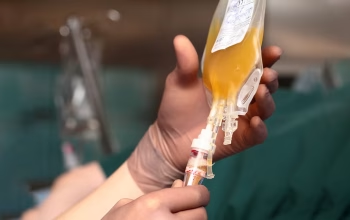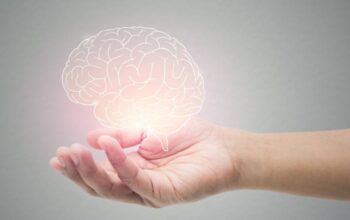The practice of physical therapy is an empowering experience, regardless of the time in your life you avail of it. You Could be amazed to know the positive impact of physiotherapy on our body if you take proper guidance from a certified physical therapist. Different types of physiotherapy are signed to treat specific diseases and conditions.
Let’s learn about all six kinds of physiotherapy and treatment methods
Pediatric Physical Therapy
Childhood is when the body develops quickly, and issues during childhood may be detrimental to the rest of life. Physical therapy for children is specially designed to assist infants, kids, and adolescents to maximize their growth, overcome issues and increase their muscular and skeletal muscle strength, usually giving them different types of movement and ranges of movements that they might not have had before.
Vestibular Rehabilitation
Balance is small until you realize it’s not there anymore. The rehabilitation of your vestibular muscles concentrates on helping you overcome inner ear issues that can affect your balance and become extremely debilitating, such as constant dizziness and vertigo. Physical therapy is a great way to help your body be more balanced and use more stable and stronger muscles.
Geriatric Physical Therapy
Getting older can be extremely difficult on muscles and the skeleton. Throughout our lives, we get used to exercising muscles in inefficient ways, such asor gait or posture, that we don’t always notice since we try to compensate for these issues with the rest of our bodies. However, as we age, it is possible that we will experience more issues because our muscles aren’t sufficient to compensate for the way they did previously. The goal of geriatric physical therapy is to use your muscles in the most efficient way possible, efficient and safe, and less likely to result in injuries.
Neurological Physical Therapy
Neurological issues, such as the spinal cord, brain injuries, multiple sclerosis, Parkinson’s disease, Alzheimer’s, brain injury, or cerebral palsy, affect the nervous system, which is the way your body’s brain regulates your body. Many neurological disorders are chronic, meaning that they cannot be fixed in the first place. However, physical therapy could significantly positively influence your life when you suffer from a neurological illness. Gaining and practicing small rehabilitation exercises can help ease symptoms of neurologic conditions on movement, and muscles can be slowed down and made more manageable.
Orthopedic Physical Therapy
Orthopedic therapy can aid you in recovering muscle strength, just as you may require after an injury that has rendered you with no muscles. It doesn’t matter if you’ve recently been injured and trying to recover your strength following surgery or an injury from a previous accident for a long time. You might be amazed at how effective the exact and targeted exercises offered by a physical therapy professional may be noticed over time.
Cardiovascular/Pulmonary Physical Therapy
Physical therapy for cardiopulmonary conditions is all about gaining the ability to live independently if you suffer from significant pulmonary or cardiovascular issues, such as a problem with your circulation or heart. The causes could be heart attacks or pulmonary fibrosis. Physical therapy is a great way to increase the strength of key muscles, as well as increase your endurance. In the long term, the cardiopulmonary physical therapy program is designed to assist you in gaining independence.
Physiotherapy Treatment is entirely based on particular diseases & conditions.
Manual Therapy:
This method is extensively used by therapists to manipulate and loosen joint pain by applying hand massage.
Soft tissue massage:
A technique employed for therapeutic massage. It softly mobilizes tissues and relieves inflammation and discomfort, allowing relaxation to tight muscles.
Ultrasound:
With this therapy, the therapists try to decrease inflammation by creating intense heat in the area affected. The process diminishes muscle spasms, and cellular activity is increased because the metabolism rate increases and more blood flows to the injured part of the body.
Hot and Cold therapy:
These are the kinds of physical therapy procedures designed to ease acute and chronic conditions. Utilizing nitrogen in aerosols, ice or cold packs, and cryogenics can ease acute ailments. In contrast, through the application of hot packs, diathermy, as well as infrared heat, chronic ailments are treated.
Electrical stimulation:
These kinds of treatments for physical therapy are designed to relieve acute and chronic ailments. Utilizing nitrogen-rich aerosols, ice, cold packs, and cryogenics can ease acute illnesses.
Exercise:
Physical therapists generally teach their patients’ different exercises and stretches that tighten, relax and provide mobility to affected areas. This method improves the efficiency of commonly used and routine moves.
Laser therapy:
The laser is painless and applied to the affected area. Because of the intense beam of light stimulated by radiation, this laser (Light Amplification by Stimulated Emission of Radiation) can improve the condition of the muscle, bone, and neuralgic regions and accelerate recovery.
Additionally, therapists suggest their patients work with a hand grip strengthener ball or Squeeze ball to maximize the physiotherapy outcomes. They put pressure on every part of the hand, including the nerve, to keep them activated.




